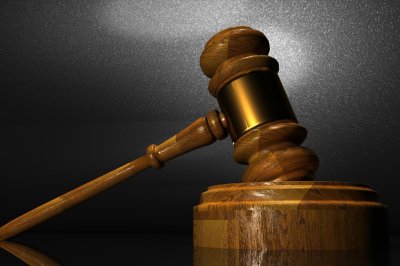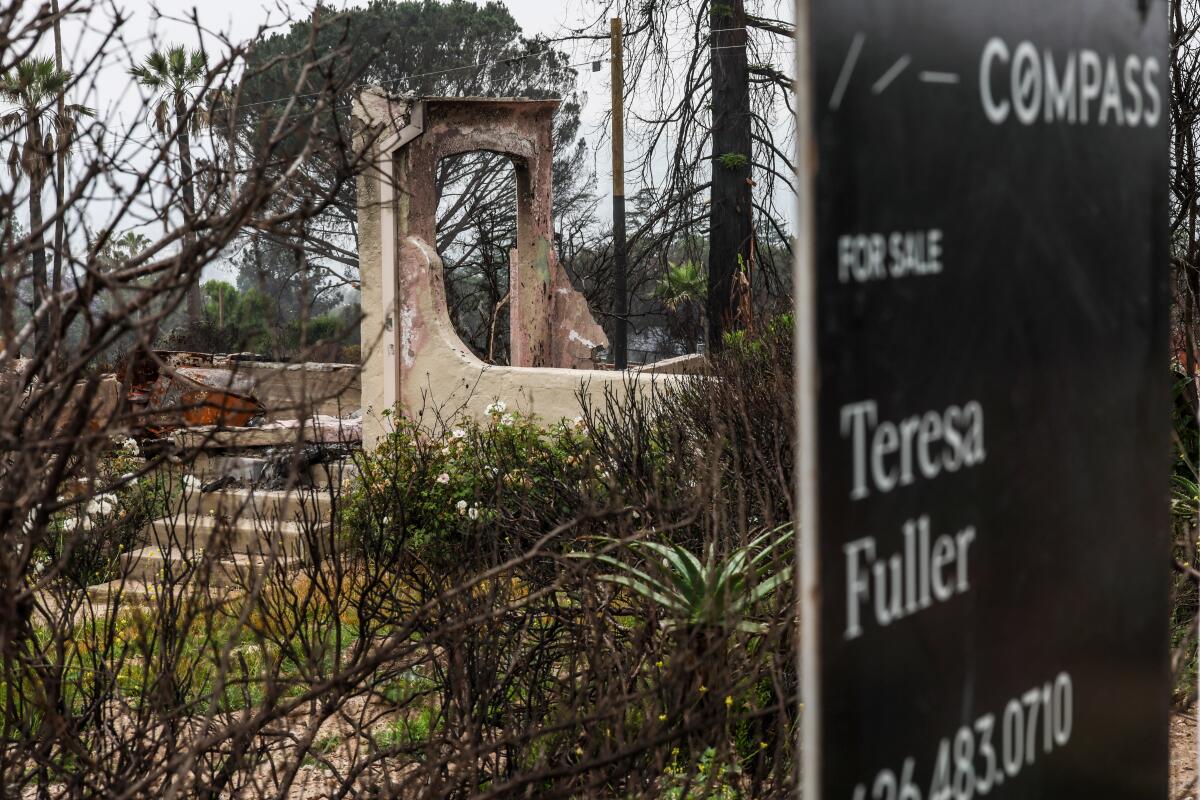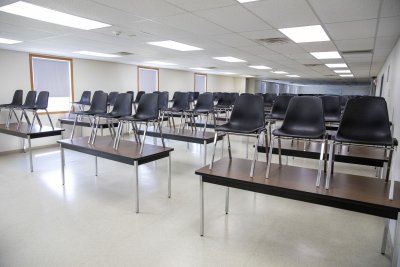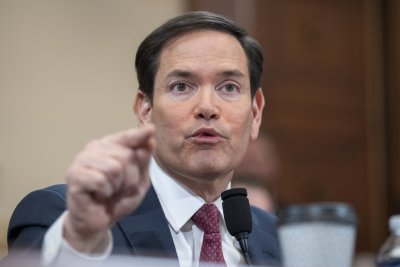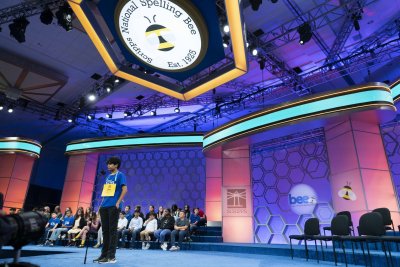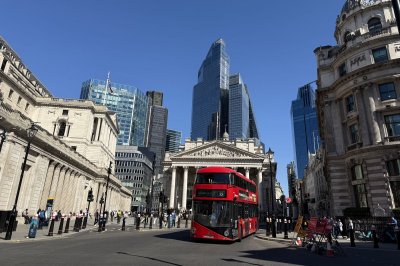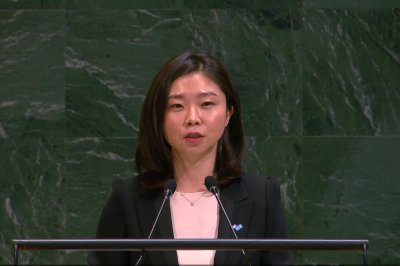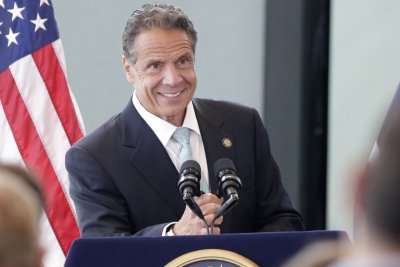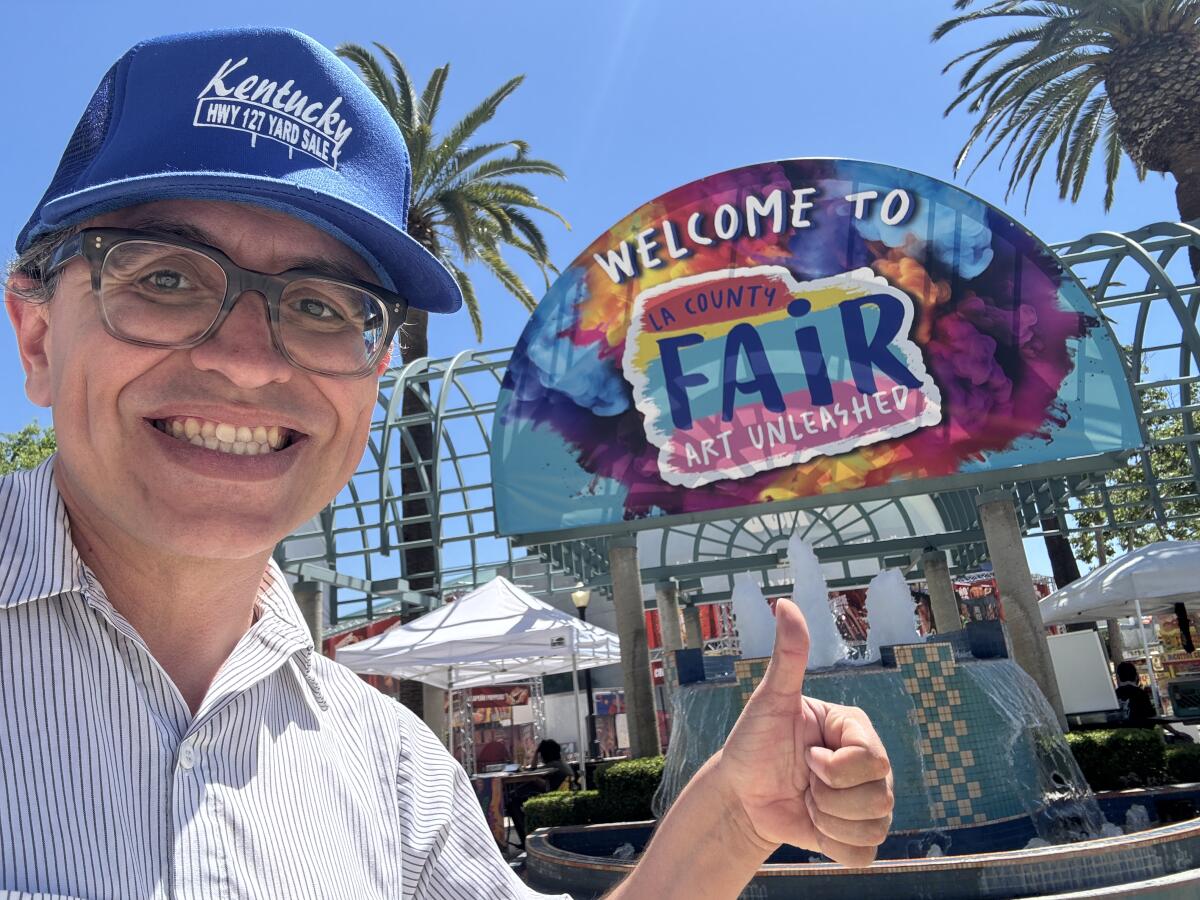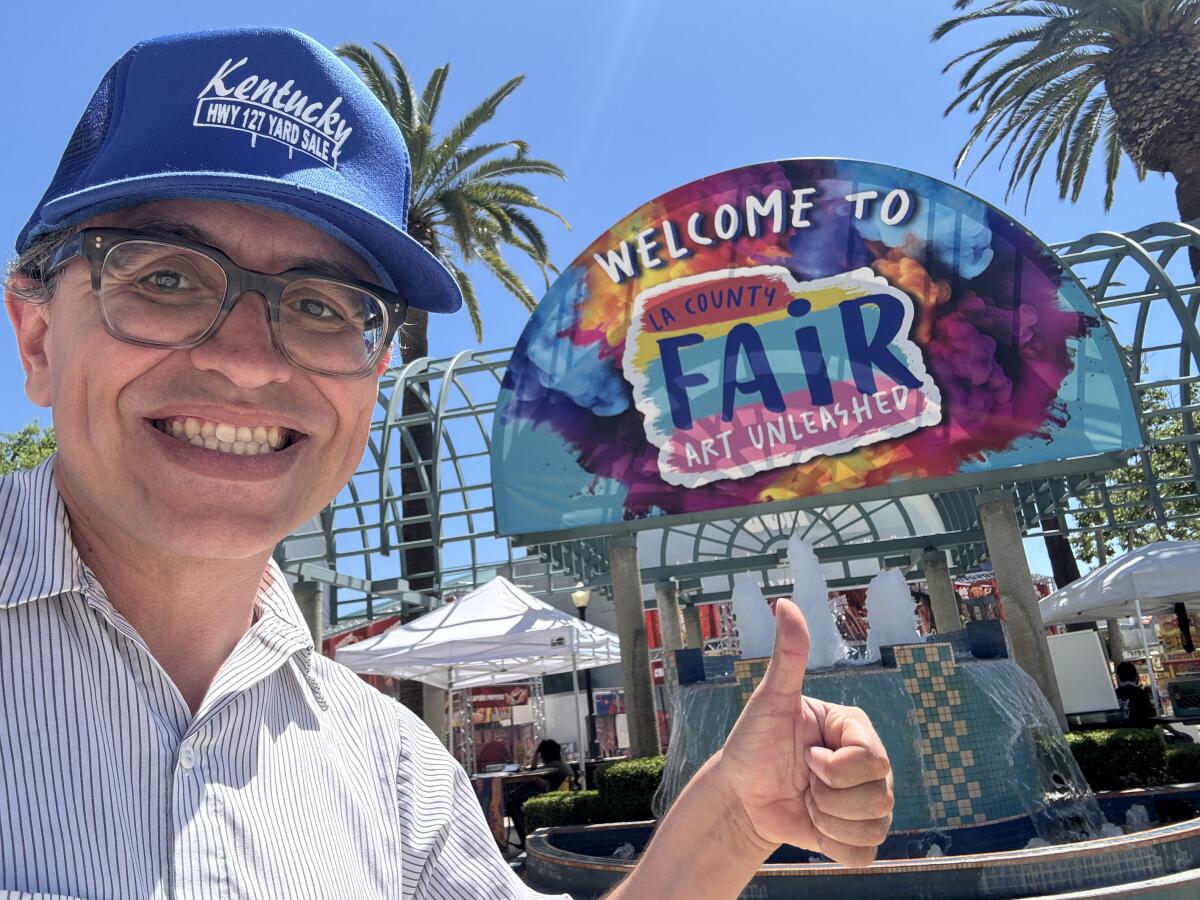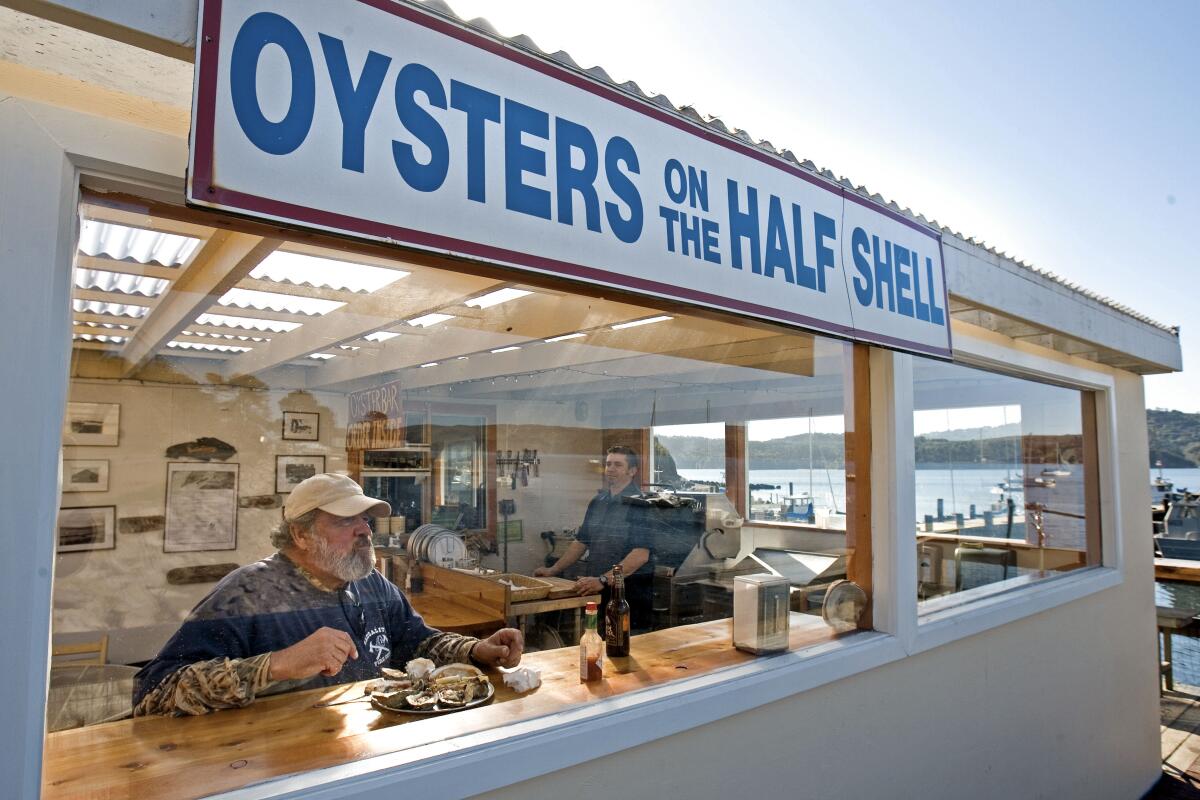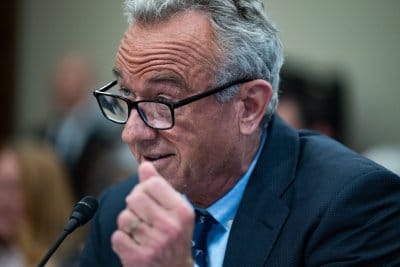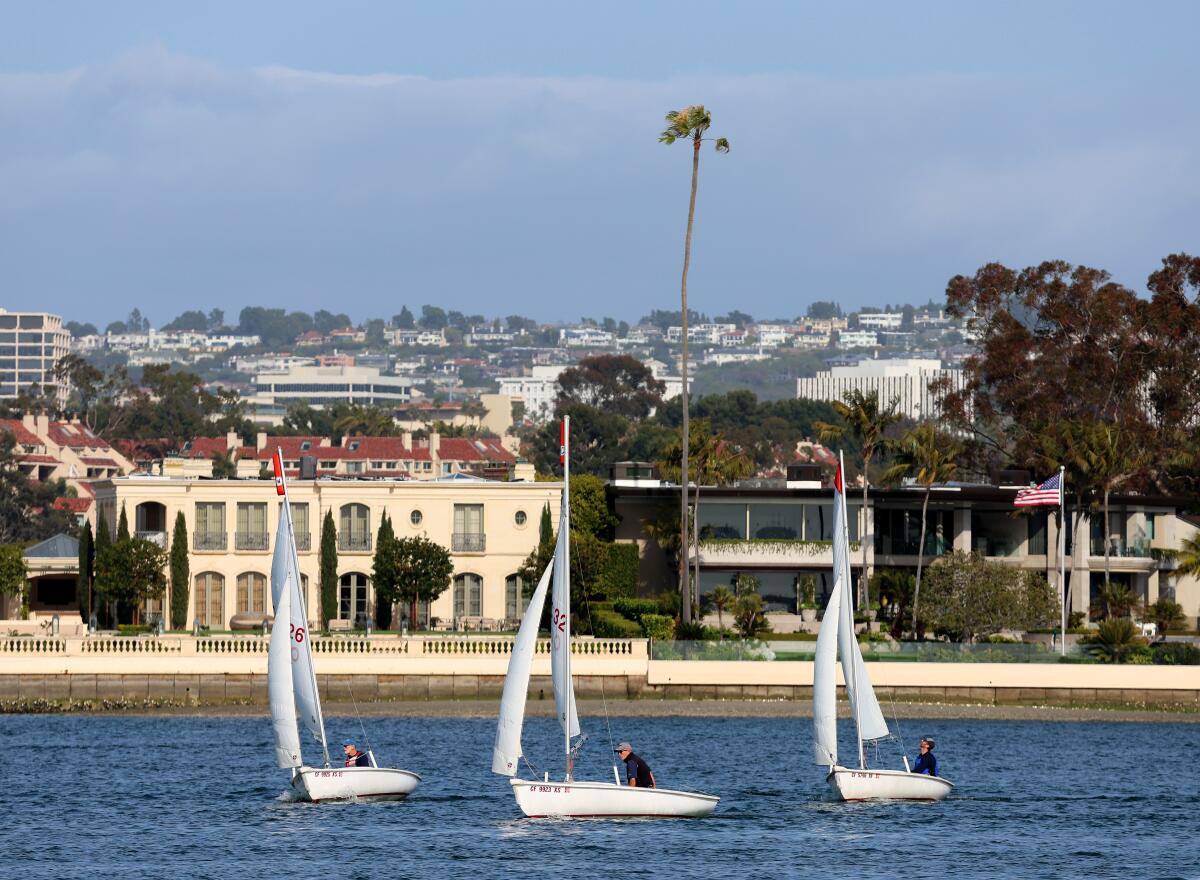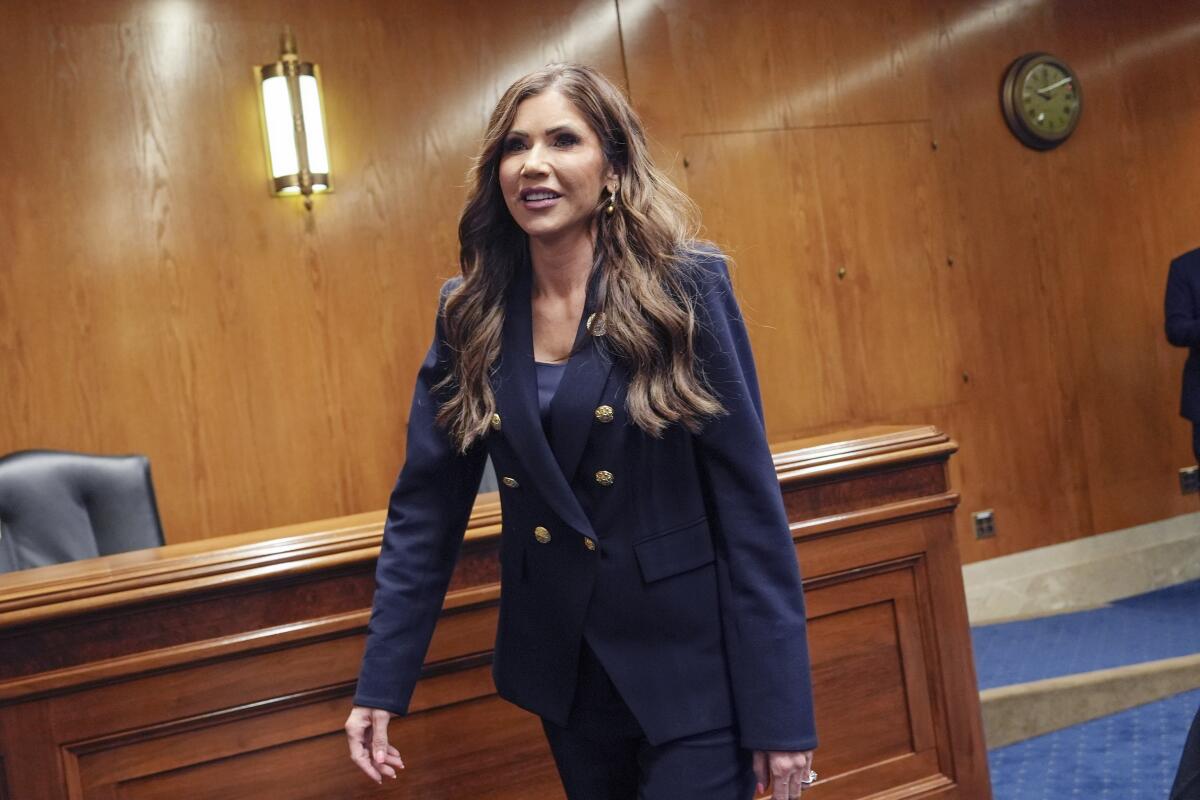Late-inning rally: Dodgers donate $1 million toward immigrant families
U.S. Immigration and Customs Enforcement officers have ramped up raids throughout Southern California in the last couple of weeks.
Some areas such as MacArthur Park, the Garment District, downtown’s produce market and areas of the Eastside have seen heavily reduced traffic and commercial activity due to fear from immigrant communities.
Newsletter
You’re reading the Essential California newsletter
Our reporters guide you through the most important news, features and recommendations of the day.
You may occasionally receive promotional content from the Los Angeles Times.
Some cities have taken preventive actions. Pasadena, for example, canceled weekend swimming lessons and other recreational activities.
Throughout this time, pressure has slowly mounted on one of Los Angeles’ most cherished institutions to make a statement.
On Friday, the World Series champion Los Angeles Dodgers announced they have committed $1 million toward assistance for families of immigrants affected by the recent raids, as well as plans for further initiatives that are to be unveiled in the coming days.
“What’s happening in Los Angeles has reverberated among thousands upon thousands of people, and we have heard the calls for us to take a leading role on behalf of those affected,” team president Stan Kasten said in a statement. “We believe that by committing resources and taking action, we will continue to support and uplift the communities of Greater Los Angeles.”
Who has spoken up while the Dodgers remained silent
My colleague Jack Harris documented the public and media pressure to nudge the Dodgers to make a public statement.
The Times, of course, had no shortage of columnists calling out the Dodgers.
Dylan Hernández remarked that the Dodgers “groveled at [Trump’s] feet” at the White House visit but didn’t speak out over “racist kidnapping sweeps.”
Fidel Martinez, creator of the Latinx Files, commented that “the Dodgers buried their heads in the sandlot and pretended the unrest wasn’t happening.”
Eduard Cauich noted how Dodgers broadcast icon Jamie Jarrín, an Ecuadorian immigrant, and player Kiké Hernández have spoken about their heartbreak and rage, respectively, over the raids and the division they’ve caused.
What changed?
On Friday morning, more than 50 community and religious leaders from around Los Angeles signed a petition that called on the Dodgers “to take a public stand against the indiscriminate ICE raids which are causing immense terror in our communities, hurting businesses, and separating families.”
By Friday afternoon, the team finally started to put some public plans into action.
“This is the moment for the Dodgers to stand with the families whom masked agents are tearing apart,” read the letter, which was signed by religious officials, labor leaders and immigrant-rights activists, and addressed to Dodgers owner Mark Walter.
“If these truly are OUR beloved Los Angeles Dodgers, we need you, more than ever, to stand with us, immigrants and non-immigrants alike. Stand with all of us.”
And then immigration officials tried to visit Dodger Stadium
The petition, which was organized by faith-based community organizing network PICO California, came a day after the Dodgers initially postponed their planned financial assistance announcement.
The club decided to delay its announcement for assistance after immigration agents showed up at Dodger Stadium on Thursday morning, attempting to access the ballpark’s parking lots in an apparent effort to use them as a processing site for people who had been arrested in a nearby immigration raid.
The Dodgers denied the agents entry to the grounds, according to the team, but pushed their announcement to Friday afternoon — when they detailed that their $1 million in financial resources will be made in partnership with the city of Los Angeles.
“The Dodgers and the City of Los Angeles have a proven ability to get financial resources to those in critical need, most recently seen in their efforts to aid victims of the January wildfires,” the Dodgers said. “Through our support of the city’s efforts, the Dodgers will encourage those organizations in a similar position to use their resources to directly support the families and workers who have suffered economic hardship.”
The team said more initiatives with local community and labor organizations will be announced in the coming days.
After the Dodgers’ announcement, the Rev. Zach Hoover from LA Voice, a member federation of PICO California, released another statement.
“The Dodgers have taken a meaningful step toward addressing the fear in our communities. By committing real resources to immigrant families, they’re showing that moral courage and civic leadership still matter in Los Angeles, and that we can heal the wounds of hate with the power of love. We pray this is just the beginning — because dignity demands more than silence, and faith calls us to act.”
The week’s biggest stories
U.S. enters Israel’s war with Iran
The turmoil of Los Angeles’ ICE detentions and arrests
How fear of immigration raids is affecting Los Angeles
Crime, courts and policing
More big stories
This week’s must reads
More great reads
For your weekend
Going out
Staying in
L.A. Affairs
Get wrapped up in tantalizing stories about dating, relationships and marriage.
Have a great weekend, from the Essential California team
Kevinisha Walker, multiplatform editor
Andrew J. Campa, reporter
Karim Doumar, head of newsletters
How can we make this newsletter more useful? Send comments to [email protected]. Check our top stories, topics and the latest articles on latimes.com.

